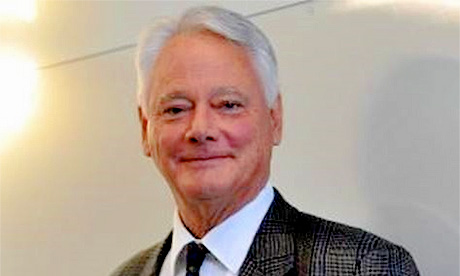In recent years, the issue of transgender identity in children has leapt from the periphery of public consciousness to centre stage of a cultural drama played out in the media, courts, schools, hospitals, families, and in the minds and bodies of children. It is a kind of utopian religion with committed believers.
The drama is “gender dysphoria” and it is about children believing they belong to the opposite sex.
It is about parental anguish and commitment, court battles to instigate some therapies, laws to prevent others, cross-dressing, drugs that will block puberty, others that will transform an adolescent towards the opposite sex, pending feats of surgery that will castrate while turning a penis into an opening like a vagina, or producing a penis from a forearm in a foray into reproduction unrivalled since the days of eugenics.
It is no wonder this drama is repeated on the media, especially as its players may be toddlers whose future is in the hands of the audience. Accept the pathways of “medicine”, we are urged.
Welcome transgender as but one hue in a natural rainbow. Or the children will kill themselves.
But is this massive intrusion into the minds and bodies of children necessary?
What will happen if parents do nothing but “watch and wait” while their child muses on its gender?
Can the child grow out of it?
The answer astonishes.
While proponents argue for massive intervention, scientific studies prove that the vast majority of transgender children will grow out of it through puberty if parents do little more than gently watch and wait.
Studies vary but from 70 to 97.8 per cent of gender-dysphoric male and 50 to 88 per cent of gender-dysphoric female children have been reported to “desist” prior to the onset of puberty.
This likelihood of “growing out of it” is declared in no less than the current, official Diagnostic and Statistical Manual of Mental Disorders of the American Psychiatric Association (DSM-5), and is supported by a number of independent studies.
The Western medical profession boasts that it rests on “evidence-based medicine” but the tiny fraction involved with “affirmation” of gender identity in confused children is proceeding without supportive evidence for claims of high incidence, the need and safety of medical and surgical intervention, the avoidance of self-harm, and for the concept that the process will produce a happier human being in a happier society.
Faith is needed for affirmation.
During a discussion on these matters, a leading endocrinologist declared to this writer, twice, that the issues of gender dysphoria are “utterly arbitrary … utterly arbitrary”, and that his greatest fear was that a mistake would be made by intervention.
If most gender-dysphoric children desist without treatment, the “utterly arbitrary” medical pathways are also utterly unnecessary.
How common is childhood gender dysphoria?
No one really knows because there is “an absence of formal prevalence studies” and estimates vary greatly.
The leader of Toronto’s Transgender Youth Clinic at the Hospital for Sick Children, Dr Joey Bonifacio, says estimates based on adult dysphoria clinics range from 0.005 to 0.014 per cent for men convinced they are women and 0.002 to 0.003 per cent for women convinced they are men, but believes they are “likely modest underestimates”.
Bonifacio’s statistics are the same as those declared in the bible of psychiatry, DSM-5. Continue reading
- John Whitehall is Professor of Paediatrics at Western Sydney University.
- Image: Bettina Ardnt
News category: Analysis and Comment.




